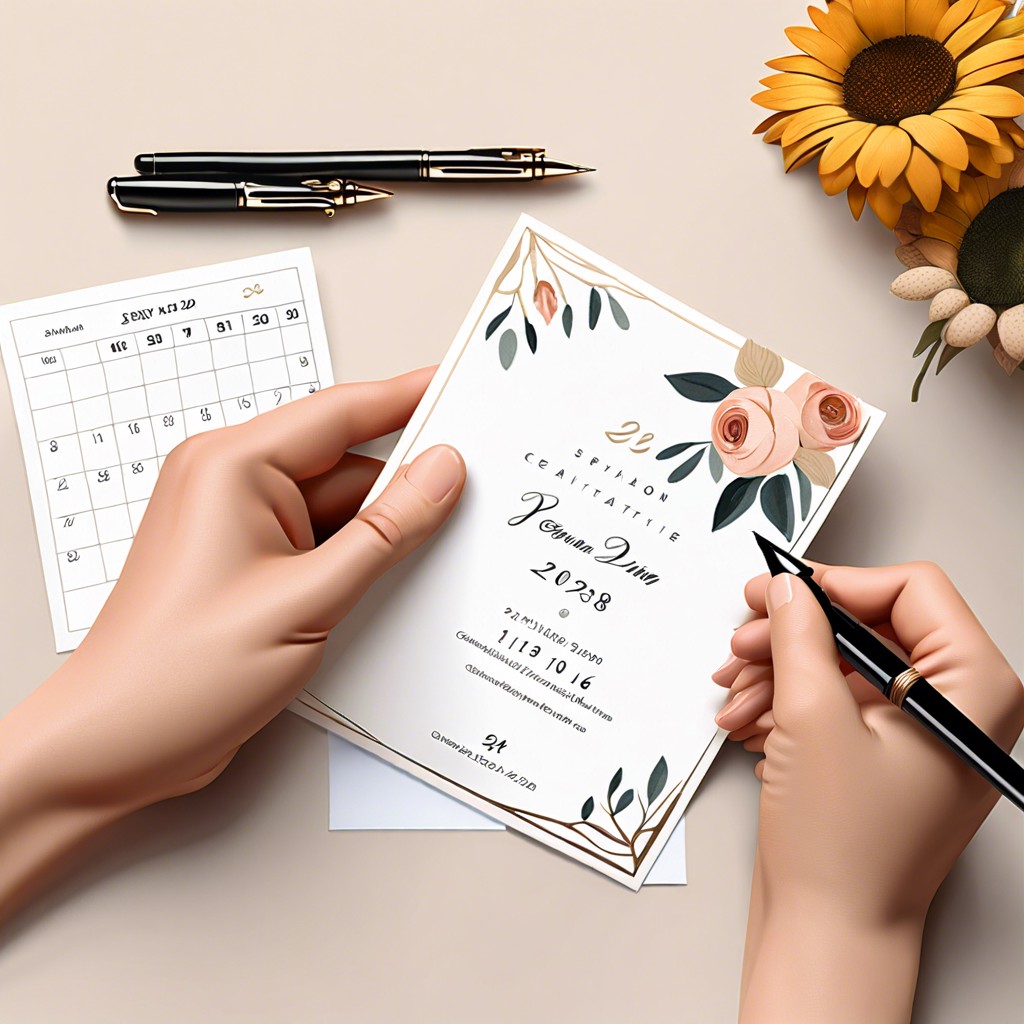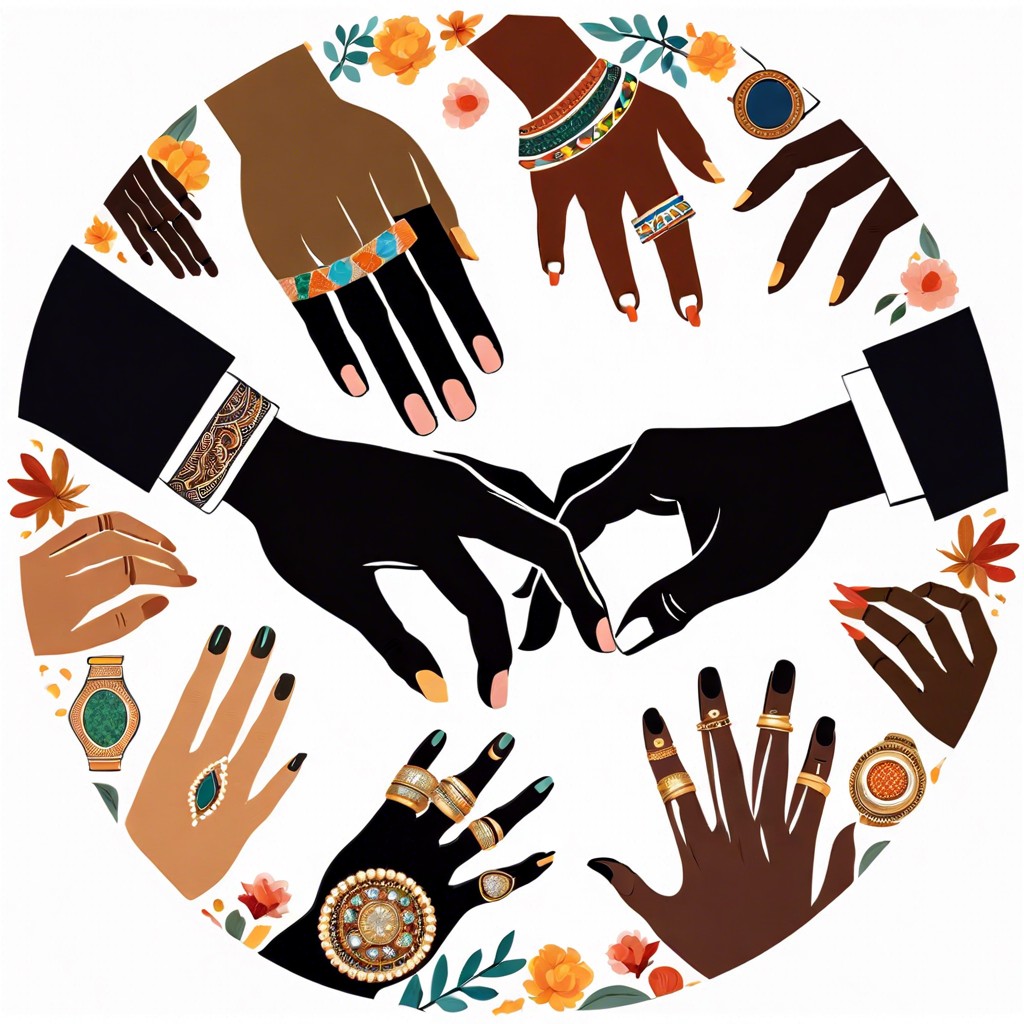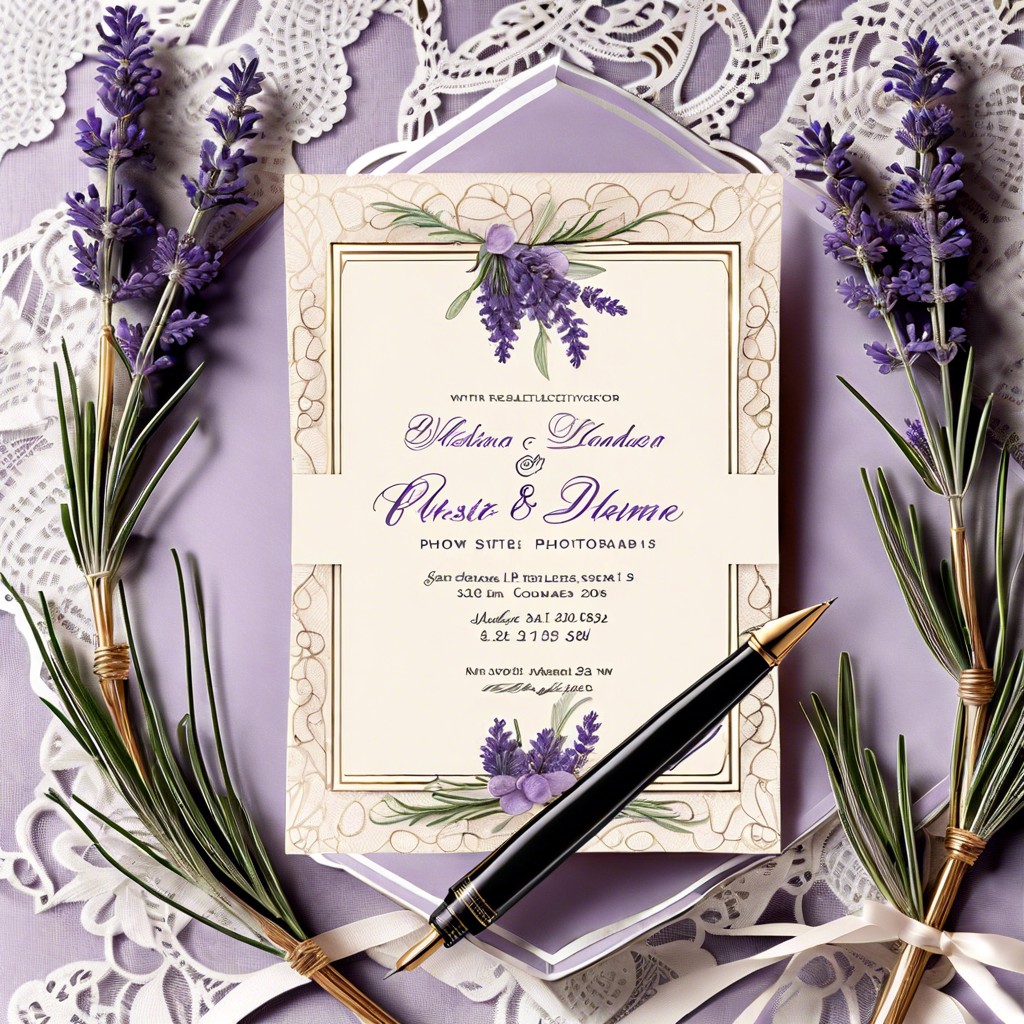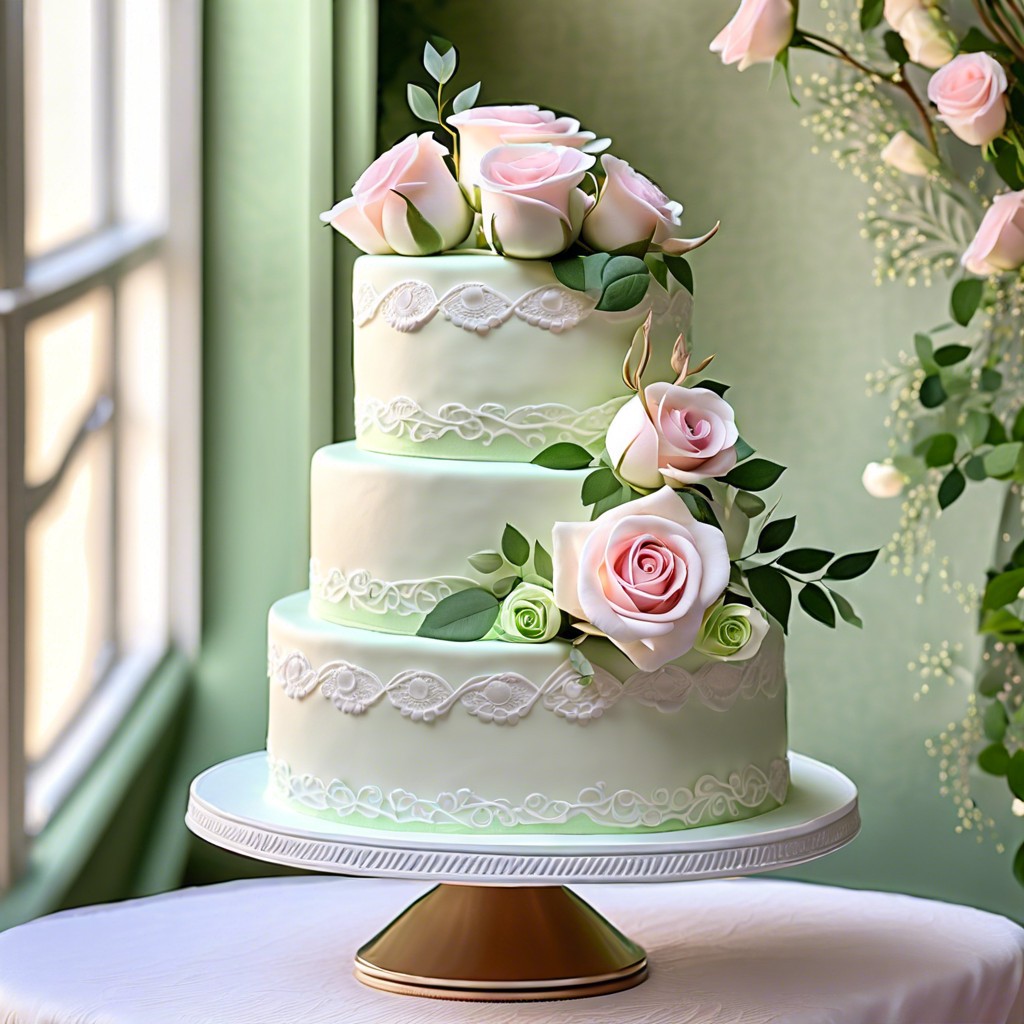Learn how to RSVP to a wedding invitation promptly and politely with these straightforward steps.
Key takeaways:
- RSVP by the deadline to respect the couple’s planning process.
- Clearly indicate attendance and meal preferences on the RSVP card.
- Follow proper etiquette, adhere to names on the invitation, and communicate any changes promptly.
- Reply within a week of receiving the invitation to demonstrate respect.
- Address the RSVP card accurately and follow specific instructions provided.
When to Respond

Adhering to the RSVP deadline is crucial for both guests and hosts, as it allows for accurate headcount and seamless event planning. Typically, the RSVP date is set three to four weeks before the wedding date. This gives the couple and planners ample time to finalize seating arrangements, catering needs, and other details.
If you receive a wedding invitation, look for the RSVP card and due date. Promptly check your availability and mark your calendar to respond. In case of an unforeseen change in plans after your initial response, it’s courteous to notify the couple as soon as possible.
Responding before the deadline is a sign of respect for the couple’s planning process. If you’ve misplaced the invitation or cannot find the deadline, it’s best to reach out to the couple or the wedding planner to inquire and submit your RSVP.
Remember, your timely response can significantly ease the stress of wedding planning for the couple, ensuring a more joyful celebration for everyone involved.
How to Fill Out an RSVP Card
Begin by clearly indicating whether you’ll attend. Typically, you’ll mark a box or write in the number of people attending. If you’re given the option to bring a plus-one, include that individual’s name if they’ll be joining you.
If the RSVP card has a line for your name, write your name legibly. If it’s a formal event, use the full name as it was addressed to you on the envelope.
Pay attention to meal choices. Check the appropriate box for your preferred meal if provided. If you have dietary restrictions, note them politely in the provided space or a separate note.
Include a personal message if space allows, especially if it’s a close friend or family member’s wedding. Keep it concise and heartfelt.
Double-check your RSVP card for completeness and clarity before sealing it in the provided envelope. Make sure it’s addressed correctly and postage is applied if needed.
Lastly, if no RSVP card is provided, proceed with a written or electronic response following the instructions given in the invitation.
Etiquette Tips
Respecting the couple’s invitation by promptly responding is a must. Remember that the hosts need an accurate headcount for seating arrangements and catering purposes. Always write legibly if filling out a card; unclear handwriting can lead to confusion or miscounts.
Adhere to the names on the invitation. If it specifies “and Guest,” you’re welcome to bring a plus-one. If not, resist the urge to ask if you can bring someone. It’s the couple’s prerogative to manage their guest list and accommodate their venue and budget.
If a meal choice is required, make your selection carefully. Dietary restrictions should be communicated, but avoid using RSVPs as a platform for detailed meal demands.
In the unfortunate event that circumstances change after you’ve responded “yes,” notify the couple or their planner immediately. Doing so allows them to adjust plans and avoids wasteful costs associated with an expected guest who doesn’t show up.
Express enthusiasm without going overboard. A simple “Can’t wait to celebrate with you!” is always a charming touch that will be appreciated.
Timeline: When to Send Wedding RSVP Cards
Upon receiving a wedding invitation, note the RSVP-by date typically located at the bottom. Aim to reply as quickly as possible, ideally within a week of receiving the invitation, to demonstrate respect for the couple’s planning process.
Couples often set an RSVP deadline of two to three weeks before the wedding day to finalize guest numbers for their caterers and venue. To allow ample mailing time, send your response at least five days before the provided deadline.
If there’s a delay in your ability to respond, such as waiting for confirmations about time off work or arranging travel and accommodations, communicate this to the couple promptly. A quick message explaining the situation is appreciated, preventing any anxiety over unconfirmed guest counts.
Forgetting to send an RSVP by the given date can cause complications. If you’ve missed the deadline, respond immediately and consider reaching out to the couple or their wedding planner personally to apologize for the delay and confirm your attendance status.
How to Address Wedding RSVP Cards
If you’ve received a wedding invitation addressed to you and a guest, the RSVP should reflect whether you are bringing someone, and if so, who that person is. Begin with a clear acknowledgment of the invite, followed by your full name under the “M” on the response card. If you’re bringing a plus one, include their full name below yours.
For married couples, the names should be listed on the same line. Unmarried couples living together can have their names on separate lines. If children are invited and you plan to bring them, their names should be included on the response card as well.
Keep in mind titles and formal names; for instance, if the invitation is addressed to Dr. Jane Smith and Mr. John Doe, the RSVP should reflect those titles, unless otherwise indicated by the couple’s chosen RSVP format.
Double-check the card for accuracy before sending it back, ensuring you’ve followed any specific instructions provided by the couple regarding the wording or format of your response. Remember, your response will assist with finalizing seating arrangements and catering headcounts, so clarity and timeliness are paramount.



